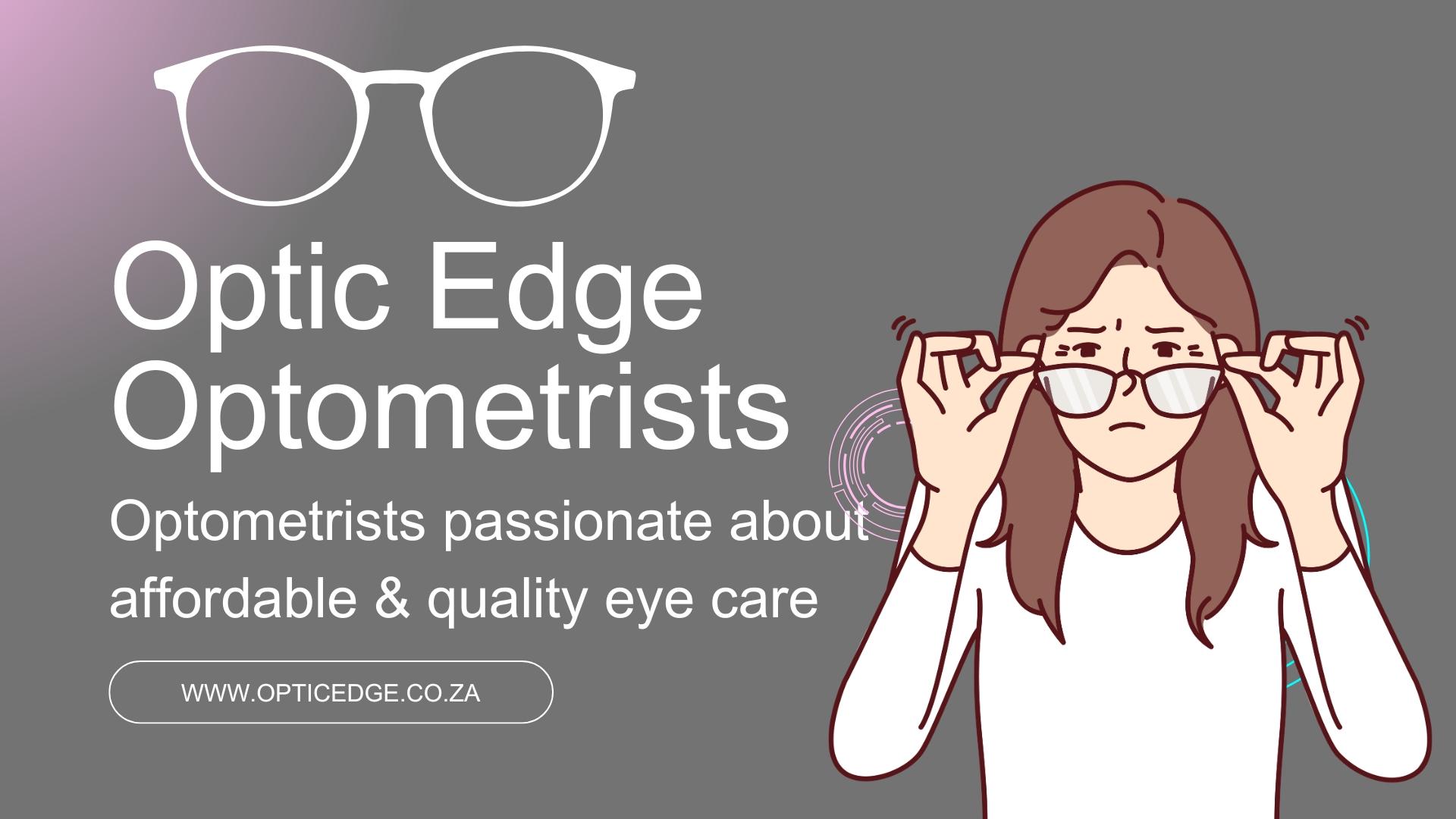Contact Lenses: A Comprehensive Guide

Contact lenses have revolutionized vision correction, offering an alternative to traditional eyeglasses. Whether for aesthetics, convenience, or medical necessity, millions of people worldwide rely on contact lenses daily. This guide will explore everything you need to know about contact lenses, from their types and benefits to care tips and potential risks.
What Are Contact Lenses?
Contact lenses are thin, curved lenses placed directly on the eye’s surface to correct vision or for cosmetic purposes. Unlike glasses, they provide a more natural field of view without frame obstructions. They are available in various materials and designs, catering to different vision needs and lifestyles.
Types of Contact Lenses
1. Soft Contact Lenses
Soft lenses are made from water-absorbing, flexible materials like hydrogel or silicone hydrogel. They conform to the shape of the eye, offering comfort and ease of use.
-
Daily Wear: Designed for daily use and must be removed before sleeping.
-
Extended Wear: Can be worn overnight for a specific duration, usually up to 30 days, but require strict hygiene.
-
Daily Disposable: Worn once and discarded, reducing infection risks.
2. Rigid Gas Permeable (RGP) Lenses
RGP lenses are more durable and provide sharper vision than soft lenses. They allow more oxygen to pass through to the cornea, promoting better eye health.
3. Hybrid Contact Lenses
These combine a rigid center with a soft outer ring, offering the sharp vision of RGP lenses with the comfort of soft lenses. They are ideal for people with astigmatism or irregular corneas.
4. Colored and Cosmetic Lenses
These lenses change or enhance eye color and can be prescription or non-prescription. They are popular in fashion and special effects makeup.
5. Scleral Lenses
Scleral lenses are larger than standard lenses, covering the entire cornea and resting on the sclera (the white part of the eye). They are beneficial for individuals with severe dry eye or corneal irregularities.
Benefits of Contact Lenses
-
Enhanced Peripheral Vision: Unlike glasses, contacts provide a wider field of view without obstructions.
-
No Fogging: Unlike glasses, they do not fog up in humid conditions.
-
Comfort for Active Lifestyles: Ideal for sports, outdoor activities, and physical exercise.
-
Aesthetic Appeal: They eliminate the need for glasses, providing a more natural look.
-
Corrects Various Vision Problems: Contact lenses can correct myopia, hyperopia, astigmatism, and presbyopia.
How to Take Care of Contact Lenses
Proper care is essential to prevent eye infections and ensure lens longevity. Here are some key tips:
-
Wash Hands Thoroughly: Always wash and dry hands before handling lenses.
-
Use Recommended Cleaning Solutions: Never rinse lenses with tap water or saliva, as they contain harmful bacteria.
-
Replace Lenses as Directed: Follow the manufacturer’s guidelines on lens replacement.
-
Store Lenses Properly: Use a clean, dry contact lens case and replace it every three months.
-
Avoid Sleeping in Lenses: Unless specified as extended wear, remove lenses before sleeping.
Potential Risks and Side Effects
While contact lenses are safe for most people, improper use can lead to:
-
Eye Infections: Poor hygiene can cause bacterial or fungal infections.
-
Dry Eyes: Some individuals may experience dryness and discomfort.
-
Corneal Ulcers: Severe infections can lead to corneal damage.
-
Allergic Reactions: Some people may be sensitive to lens materials or cleaning solutions.
Who Should Avoid Contact Lenses?
Not everyone is suitable for contact lenses. Individuals with the following conditions should consult an eye specialist:
-
Chronic Dry Eyes: May worsen with lens wear.
-
Severe Allergies: Allergic reactions to lens materials or solutions.
-
Frequent Eye Infections: Increases the risk of complications.
-
Irregular Corneas: Some conditions, like keratoconus, require specialized lenses.
How to Choose the Right Contact Lenses
Selecting the right contact lenses depends on several factors:
-
Vision Needs: Prescription lenses correct specific vision problems.
-
Lifestyle: Daily disposables suit busy individuals, while extended-wear lenses are ideal for those needing long wear times.
-
Eye Health: People with dry eyes should choose moisture-rich lenses.
-
Budget: Soft lenses are generally more affordable, while specialized lenses may be costly.
Conclusion
Contact lenses offer a versatile, comfortable, and effective solution for vision correction. Whether for daily wear, fashion, or medical purposes, choosing the right lenses and maintaining proper hygiene is crucial. Always consult an eye care professional before switching to contact lenses to ensure they are suitable for your eyes and lifestyle.
- Art
- Causes
- Crafts
- Dance
- Drinks
- Film
- Fitness
- Food
- Games
- Gardening
- Health
- Home
- Literature
- Music
- Networking
- Other
- Party
- Religion
- Shopping
- Sports
- Theater
- Wellness


